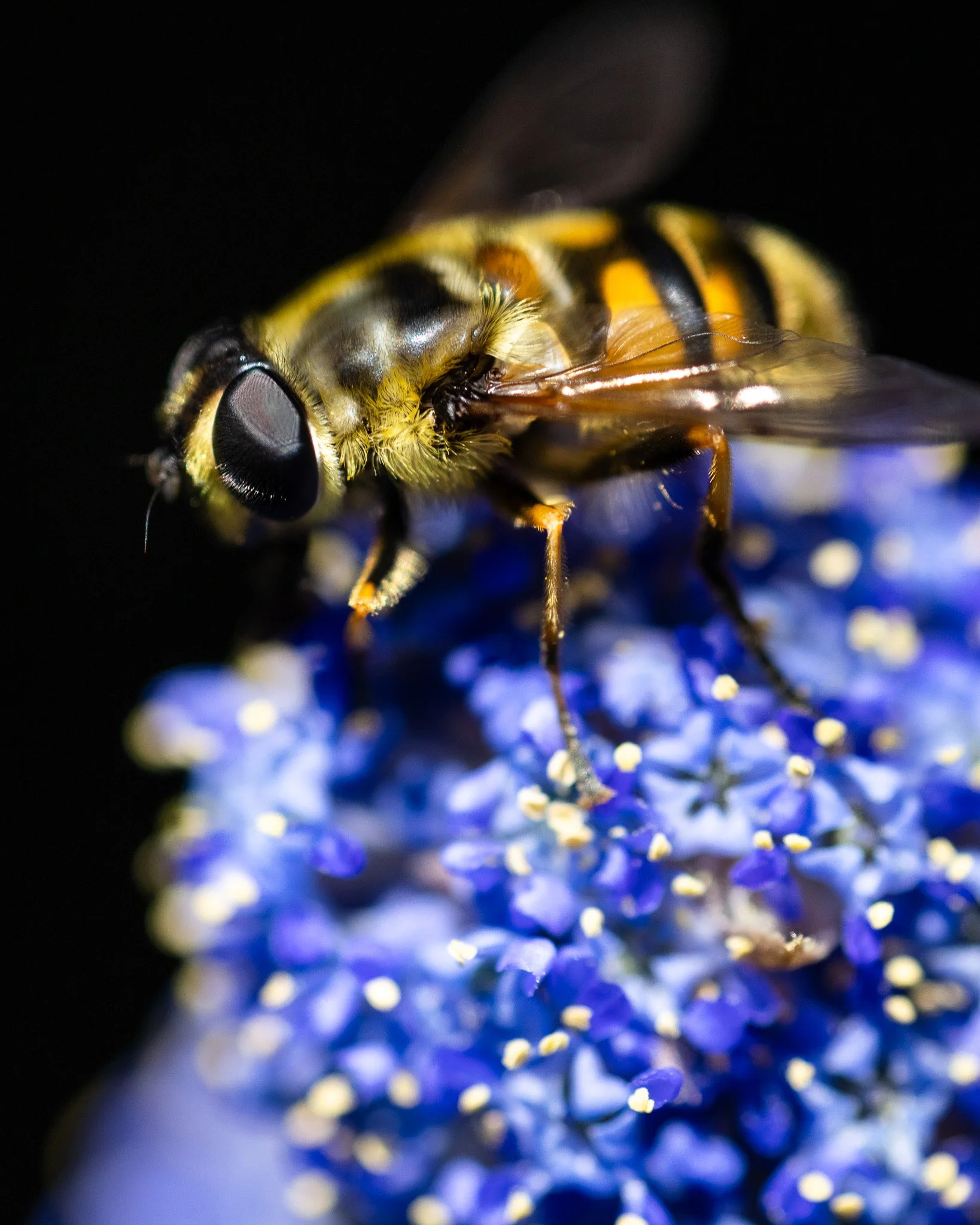The beautiful bonsai tree at Fairy Lake glows amidst the warm autumn colours. Port Renfrew, BC.
Summit Journal Photo Feature: Valley of Giants
Stoked to have my images from the amazing Eldred Valley featured in the latest Summit Journal magazine!
This remote valley on BC's Sunshine Coast is home to incredible old-growth forests with giant cedars abutting towering granite climbing walls, similar to those in the famed Yosemite Valley.
While local climbers and conservationists work to expand routes and build ecotourism opportunities, logging continues to threaten what little old-growth remains.
The magazine is beautifully printed in large format on archival paper, a satisfying alternative to our digital media world. You can find it here: www.summitjournal.com
Also, check out our spotlight video on the Eldred Valley and the surrounding region




Yakoun Lake Old-Growth Trail – Haida Gwaii
I recently had the chance to explore the old-growth forests at Yakoun Lake on Haida Gwaii. This area is home to some of the island’s largest Sitka spruce, nourished by rich alluvial soils along the lake’s edge. Walking here feels like stepping into an old black-and-white photograph of the grand forests that once blanketed the Pacific Northwest.
Thanks to the leadership of the Haida Nation, these ancient giants are now protected within the 7,970-hectare Yaaguun Suu Conservancy on Graham Island. The conservancy safeguards old-growth spruce and cedar forests, salmon habitat, and culturally important areas connected to the Yakoun River watershed.
A short 1.5-kilometre trail leads through towering trees reaching over 230 feet (70 metres) tall and 11 feet (3.5 metres) wide before opening onto a quiet sandy beach at the lake. If you find yourself on Haida Gwaii, this forest is about a 40-minute drive along logging roads from Daajing Giids and is truly worth the journey.
On the Hunt for a Giant Spruce Tree
The allure of a potential big tree can stay with you for years, pulling you back into the wildest corners of the coast. That’s what happened with this massive Sitka spruce. My friend and former colleague at the Ancient Forest Alliance, Ian Thomas, first glimpsed it years ago on a bushwhack, but high waters stopped him short of reaching it.
Recently, he, Jon Degner, and I returned to track it down. After pushing our way through thick walls of salmonberry, we stood before a massive whirling trunk some 11.5 ft (3.5 m) wide. Its crown stretched outward in all directions, shaped by winter storms after the top had blown away long ago. Given its immense size, it would undoubtedly be many centuries old.
September 24th is National Tree Day – a reminder to celebrate these majestic, ancient beings
Help give them a voice by sending a message to the BC government calling for stronger old-growth protections.
Common Drone Fly – Eristalis tenax
What could this “bee”? Well… not a bee at all! This is the common drone fly (Eristalis tenax), a master of mimicry. Its honeybee look keeps predators away, but its real role is pollination, carrying tiny grains of life from one bloom to the next. I stumbled on it while photographing bumblebees in my backyard. It even had me fooled until I looked more closely! 🐝
The Golden Hinde – Vancouver Island's Tallest Peak
The Golden Hinde. At 2,195 metres (7,200 feet), it’s the tallest peak on Vancouver Island.
Rising from the rugged heart of Strathcona Park, this summit is composed of ancient volcanic rock known as the Karmutsen Formation – basalt that erupted over 200 million years ago when this land lay beneath the ocean.
Getting there isn’t easy, though. Most routes involve 50+ kilometres of hiking over five days, with exposed scrambling along the way. Not for the faint of heart!
I haven’t made the trek myself (yet), but drop a note below if you’ve taken in the view from the island’s highest point!
Volcano Lake ~ Strathcona Park
Like a sapphire set in stone, Volcano Lake shimmers deep within Strathcona Park.
Despite its name and crater-like shape, this alpine gem was sculpted not by fire, but by ice.
Carved by ancient glaciers, the cirque forms a dramatic bowl that now cradles the lake. Perched at roughly 1,300 metres and surrounded by rugged peaks like Puzzle Mountain, it remains one of the park’s most remote and awe-inspiring alpine lakes.
Pretty incredible peering into its dark blue eye from above! 🏔️
Tzela Lake ~ Strathcona Park
The turquoise waters of Tzela Lake shine like a heart-shaped jewel amid the rugged mountains of Strathcona Park 🩵
Almost candy-like in tone (rocket freezies?), the lake gets its creamy blue colour from “rock flour”, fine glacial silt suspended in meltwater.
Flanked by The Red Pillar and perched at 1,100 metres, the lake sits deep within the park. Be prepared for a long and challenging hike if you plan to visit. Getting a fly-by view was certainly the easier route! 🛩️





































